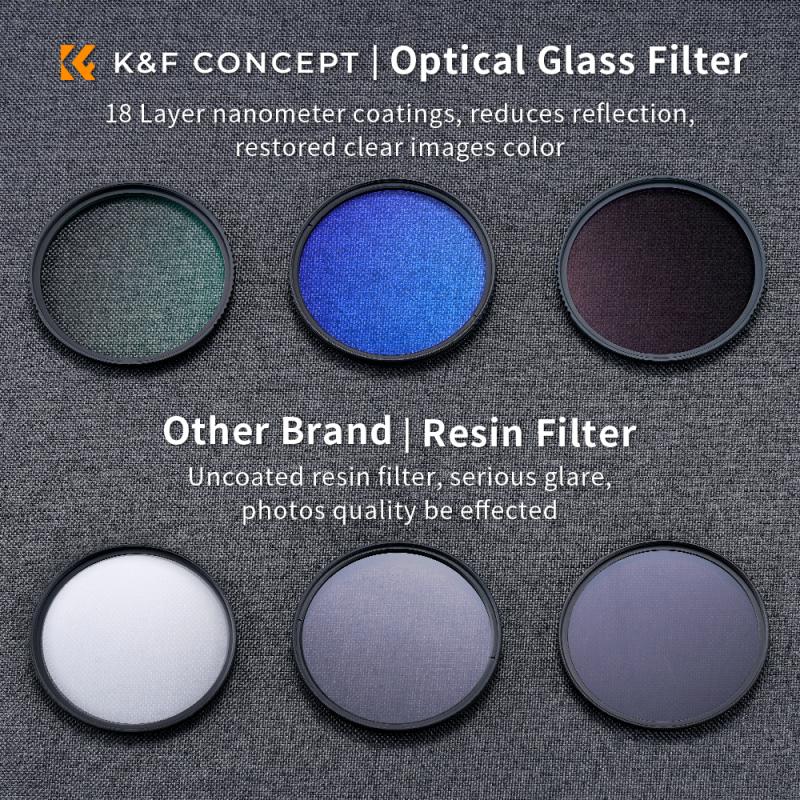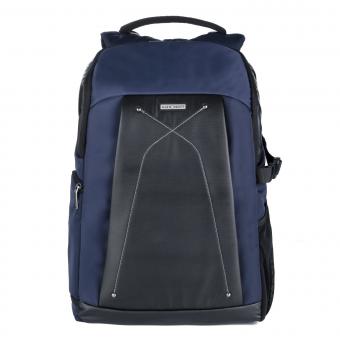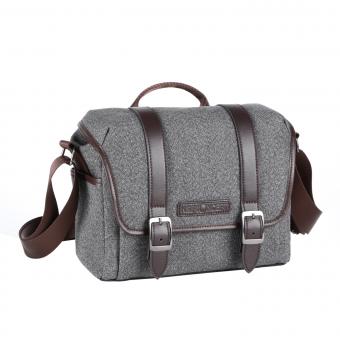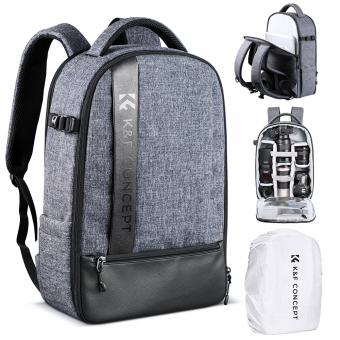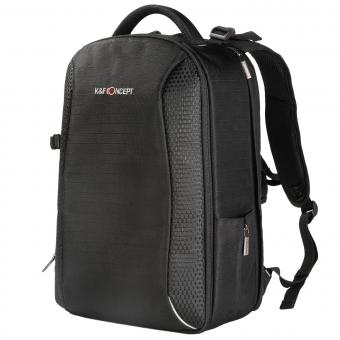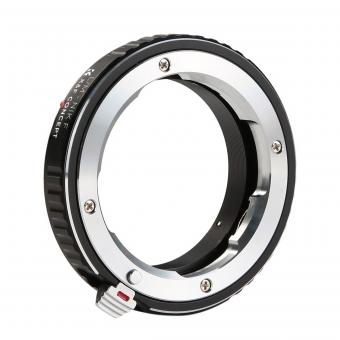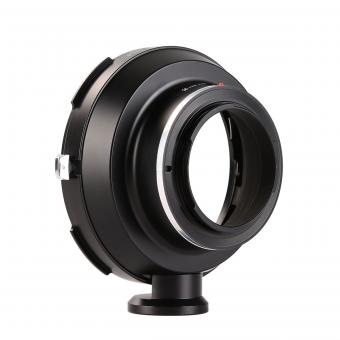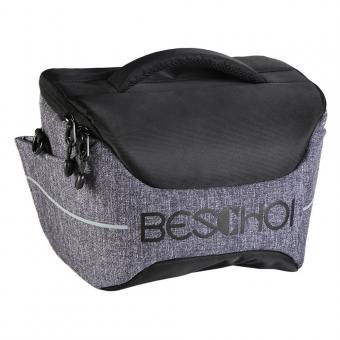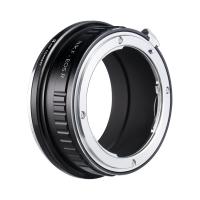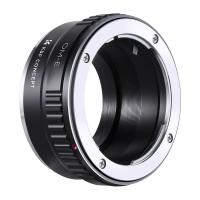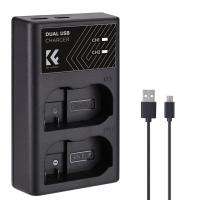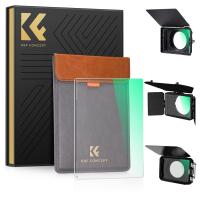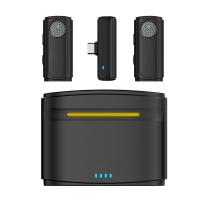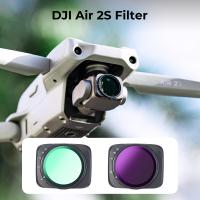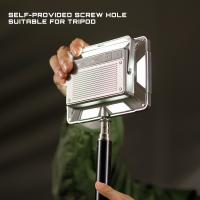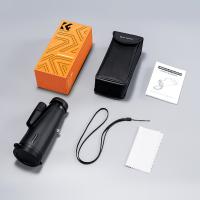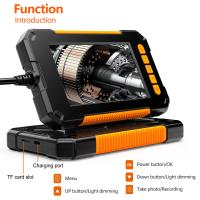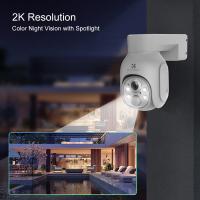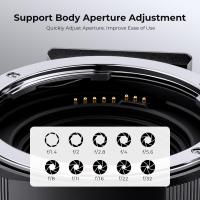What Is Nd Filter For Dslr ?
An ND filter, short for Neutral Density filter, is an accessory used in photography and videography, specifically for DSLR cameras. It is a transparent filter that reduces the amount of light entering the camera lens without affecting the color or hue of the image. ND filters come in different strengths, measured in stops, which determine the amount of light they block. They are commonly used in situations where there is too much light, such as bright outdoor environments, to allow for longer exposures or wider apertures without overexposing the image. This can be particularly useful in landscape photography, where it helps to achieve a balanced exposure and capture motion blur in moving subjects like waterfalls or clouds. ND filters are also employed in videography to maintain a shallow depth of field or achieve a desired shutter speed in bright lighting conditions.
1、 Definition and Purpose of ND Filters for DSLR Cameras
Definition and Purpose of ND Filters for DSLR Cameras
An ND (Neutral Density) filter is an essential accessory for DSLR cameras that helps control the amount of light entering the lens. It is a transparent filter that reduces the intensity of all wavelengths of light equally, without affecting the color balance. ND filters are available in various strengths, measured in stops, which determine the amount of light they block.
The primary purpose of an ND filter is to allow photographers to achieve creative effects by controlling exposure settings. By reducing the amount of light entering the lens, ND filters enable longer exposure times, even in bright conditions. This is particularly useful in landscape photography, where longer exposures can create stunning effects such as silky smooth waterfalls or streaking clouds.
ND filters also help in situations where the photographer wants to use wider apertures or slower shutter speeds for artistic purposes. For example, when shooting portraits in bright sunlight, using a wide aperture to achieve a shallow depth of field can result in overexposure. By using an ND filter, the photographer can maintain the desired aperture while reducing the amount of light reaching the sensor.
Additionally, ND filters are useful for video recording, as they allow videographers to maintain a consistent shutter speed and frame rate in bright conditions. This helps avoid overexposure and maintains a more cinematic look.
In recent years, the popularity of ND filters has increased due to the rise of long exposure photography and the growing interest in landscape and outdoor photography. With advancements in filter technology, photographers now have access to high-quality ND filters that provide excellent light reduction without compromising image quality.
In conclusion, ND filters are essential tools for DSLR photographers, enabling them to control exposure settings, achieve creative effects, and maintain consistent image quality in various lighting conditions.
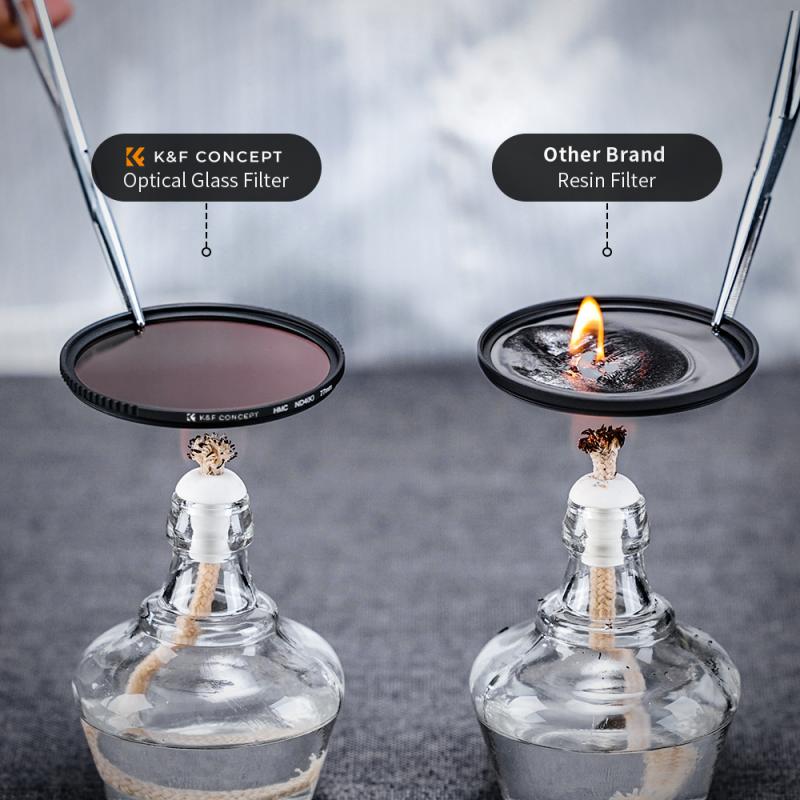
2、 Types of ND Filters for DSLR Cameras
An ND filter, short for Neutral Density filter, is an essential accessory for DSLR cameras. It is a piece of glass or resin that is placed in front of the camera lens to reduce the amount of light entering the camera without affecting the color or contrast of the image. This allows photographers to have more control over the exposure settings and achieve creative effects in various lighting conditions.
ND filters are particularly useful in situations where there is too much light, such as when shooting in bright sunlight or capturing long exposures. By reducing the amount of light, ND filters enable photographers to use slower shutter speeds, wider apertures, or both, without overexposing the image. This is especially beneficial for landscape photographers who want to capture motion blur in waterfalls or create a shallow depth of field in bright conditions.
There are different types of ND filters available for DSLR cameras, including fixed ND filters, variable ND filters, and graduated ND filters. Fixed ND filters have a specific light reduction factor, such as ND2, ND4, or ND8, which corresponds to the number of stops the filter reduces the light. Variable ND filters, on the other hand, allow photographers to adjust the light reduction factor by rotating the filter. Graduated ND filters are designed with a gradient, allowing photographers to darken specific areas of the image, such as the sky, while keeping the foreground properly exposed.
In recent years, there have been advancements in ND filter technology, with the introduction of high-quality glass and coatings that minimize color cast and maintain image sharpness. Additionally, some manufacturers have developed magnetic filter systems that make it easier and quicker to attach and detach ND filters from the lens.
Overall, ND filters are indispensable tools for DSLR photographers, enabling them to have greater control over exposure settings and achieve creative effects in various lighting conditions.

3、 How to Choose the Right ND Filter for Your DSLR
An ND filter, short for Neutral Density filter, is an essential accessory for DSLR photographers. It is a piece of glass or resin that is placed in front of the camera lens to reduce the amount of light entering the camera without affecting the color or contrast of the image. This allows photographers to achieve creative effects that would otherwise be difficult or impossible to achieve.
Choosing the right ND filter for your DSLR depends on several factors. The first consideration is the strength of the filter, which is measured in stops. The higher the number of stops, the more light the filter blocks. Common strengths range from 1 stop to 10 stops, with 3-stop and 6-stop filters being popular choices.
Another important factor to consider is the size of the filter. It should match the diameter of your camera lens. Some filters come with step-up or step-down rings to fit different lens sizes.
Additionally, the type of photography you do will influence your choice of ND filter. For landscape photography, a higher-strength filter like a 6-stop or 10-stop ND filter is often used to create long exposure effects, such as smoothing out water or capturing cloud movement. For portrait photography, a lower-strength filter like a 1-stop or 2-stop ND filter can be used to achieve a shallow depth of field in bright lighting conditions.
Lastly, it is important to consider the quality of the ND filter. Investing in a high-quality filter will ensure that it does not degrade the image quality or introduce unwanted color casts.
In recent years, there has been a growing trend towards variable ND filters, which allow photographers to adjust the strength of the filter by rotating it. This offers greater flexibility and convenience, as it eliminates the need to carry multiple filters of different strengths.
In conclusion, choosing the right ND filter for your DSLR involves considering factors such as the strength, size, type of photography, and quality of the filter. The latest trend in ND filters is the use of variable ND filters for added convenience and flexibility.
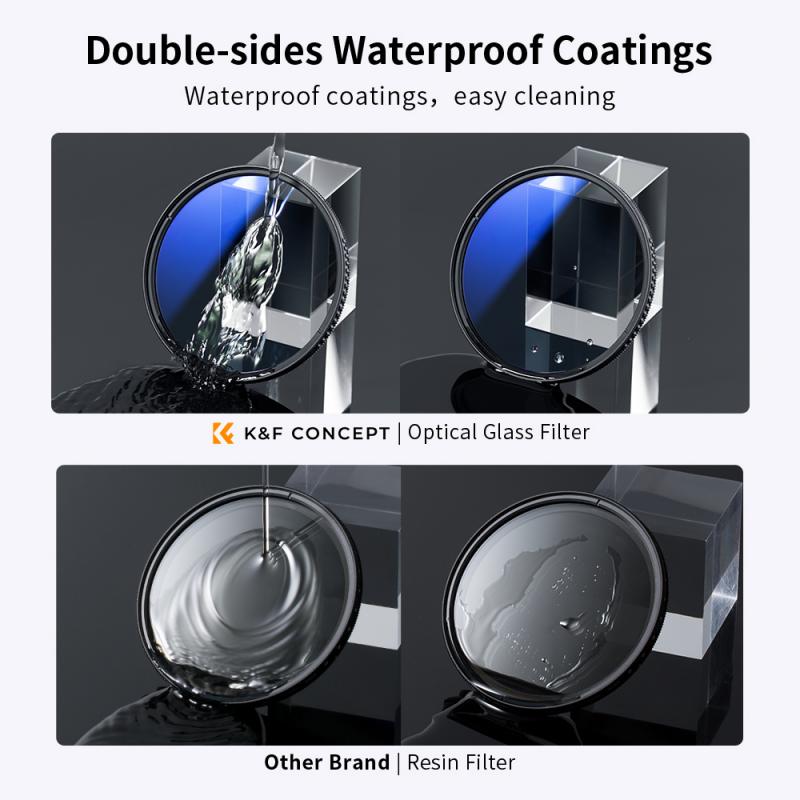
4、 Using ND Filters to Control Exposure in DSLR Photography
ND filters, also known as Neutral Density filters, are essential tools for DSLR photographers to control exposure in various lighting conditions. These filters are designed to reduce the amount of light entering the camera lens without affecting the color or contrast of the image. By doing so, they allow photographers to achieve creative effects and overcome exposure challenges that would otherwise be difficult to manage.
One of the primary uses of ND filters is to achieve longer exposure times, particularly in bright environments. This is especially useful for landscape photographers who want to capture smooth, flowing water or create dreamy, ethereal effects in their images. By reducing the amount of light entering the camera, ND filters enable photographers to use slower shutter speeds without overexposing the image.
ND filters also come in handy when shooting in situations where the available light is too bright for the desired aperture and shutter speed combination. For example, when shooting wide open apertures in bright daylight, the resulting image may be overexposed. By using an ND filter, photographers can reduce the amount of light and maintain the desired settings, allowing for more creative control over depth of field.
Additionally, ND filters can be used to control the exposure in situations where flash photography is required. By reducing the amount of ambient light, photographers can balance the flash output with the available light, resulting in a more natural-looking image.
In recent years, there has been an increase in the popularity of variable ND filters, which allow photographers to adjust the amount of light reduction by rotating the filter. This provides greater flexibility and convenience, as it eliminates the need to carry multiple filters with different light reduction levels.
Overall, ND filters are indispensable tools for DSLR photographers, enabling them to have greater control over exposure and achieve creative effects in various lighting conditions.
